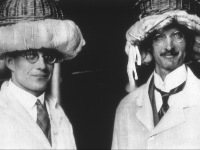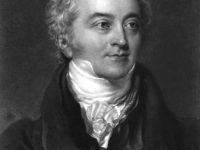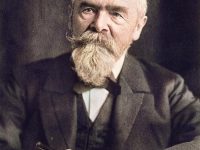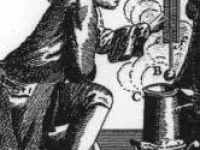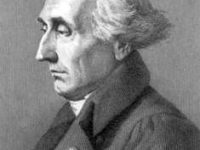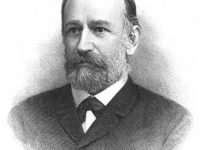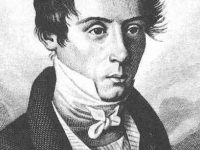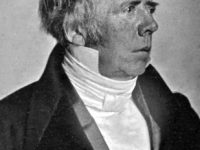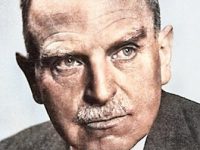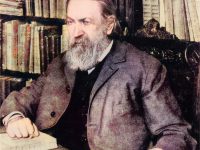How High/Low Can You Go? – The Explorer Auguste Piccard
On 18 August 1932, launched from Dübendorf, Switzerland, August Piccard and Max Cosyns made a record-breaking ascent to 16,200 m. Scientists and explorers we are, to boldly go where no man has gone before. If there is one scientist, who might serve as the prototype of a bold explorer, then we have to consider Auguste Piccard, who tried to explore the deepest depths of the sea as well as the extreme stratosphere of the earth.…
Read more

